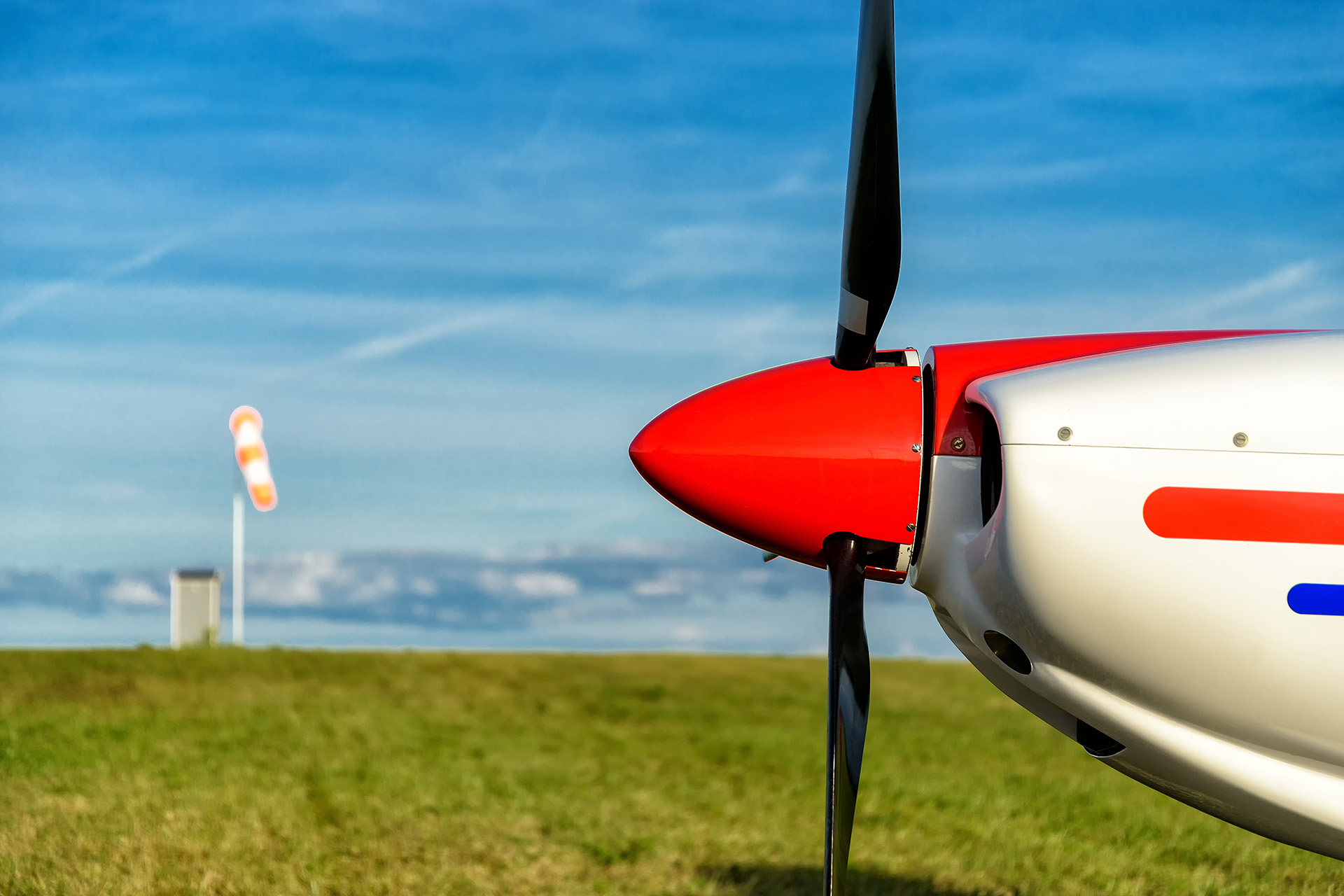The status of non-equity ownership groups with respect to Part M and Part ML
Whilst the cost of aircraft ownership remains high, there are various ownership options available to pilots flying recreationally, including a sole ownership, group ownership, group membership or aircraft hire through a flying club. The type of aircraft ownership and the nature of the operation determines the applicable level of safety requirements regarding aircraft continuing airworthiness management and maintenance.
Ownership schemes where the members do not own shares in the aircraft, i.e. they are not the owners of the aircraft, are often referred to as non-equity group ownership. Flying an aircraft under the scheme may be considered as private hire.
Although private hire arrangements may fall under Part-NCO (applies to non-commercial flights of other than complex motor powered Part 21 aircraft), the nature of such operations is that the owner should consider contracting a Part-CAMO/CAO organisation (Continuing Airworthiness Management Organisation/Combined Airworthiness Organisation) to ensure the continuing airworthiness requirements are met, as they are responsible for the continuing airworthiness of the aircraft in accordance with Part M/ML, as discussed below.
For other than complex motor-powered aircraft, compliance with M.A.201(i), or ML.A.201(f) is required, and under those provisions, the owner is responsible for the proper performance of the tasks associated with the continuing airworthiness management, unless responsibility for those tasks is transferred to a CAMO/CAO through a written contract in accordance with M.A.201(i) or ML.A.201(f).
The owners of such aircraft must be aware that for the purpose of UK Reg (EU) 1321/2014 (the UK Continuing Airworthiness Regulation), as amended, they remain responsible for the continuing airworthiness of their aircraft, as stipulated in M.A.201(a) and ML.A.201(a), respectively. Further guidance on the applicability of the main provisions and alleviations are provided in GM M.A.201 and GM1 ML.A.201.
If the owner decides not to contract a CAMO or CAO, the owner is fully responsible for the proper accomplishment of the corresponding continuing airworthiness management tasks. Therefore, it is expected that the owner properly and realistically self-assesses their own competence to accomplish those tasks or otherwise seeks the necessary expertise.
As a best practice, owners should consider contracting a CAMO or CAO for tasks associated with continuing airworthiness management, particularly in cases where more than one aircraft is included in the ownership scheme.
The status of equity ownership with respect to Part M and Part ML
Where an aircraft is owned by multiple owners who each own an equity stake in the aircraft, they are jointly responsible for the continuing airworthiness of the aircraft. Please refer to the group ownership of aircraft page in cases where there are three or more individual owners.
For the purpose of UK Reg (EU) 1321/2014 (the UK Continuing Airworthiness Regulation) for continuing airworthiness of aircraft, the same provisions apply as for the non-equity ownership group scheme. For other than complex motor-powered aircraft, compliance with M.A.201(i), or ML.A.201(f) is required.

